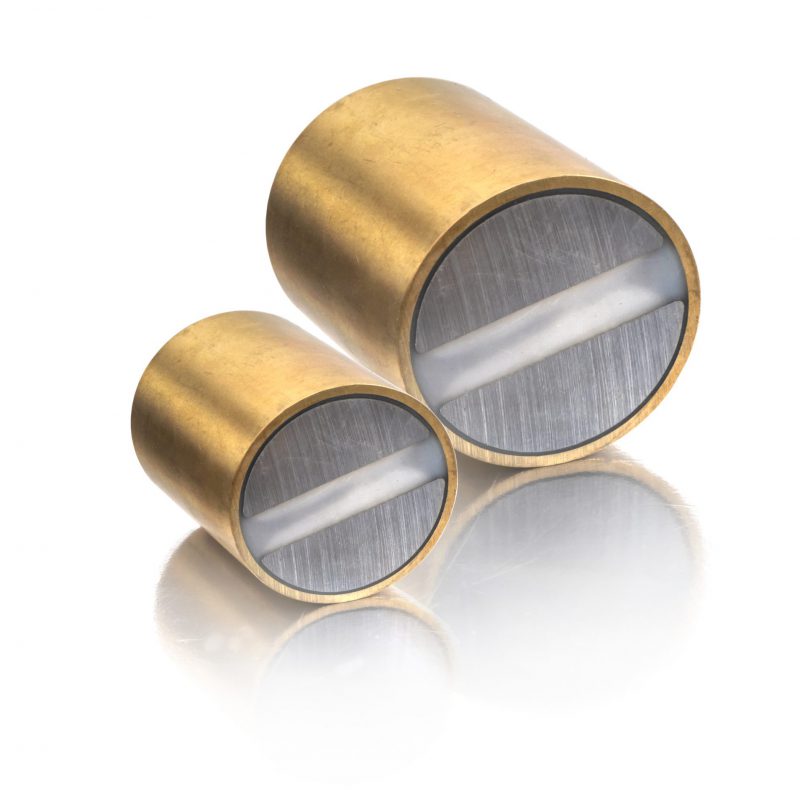








Alnico
Alnico magnets are the oldest family of permanent magnets still in use. They are metal magnets made mainly of aluminium, nickel, cobalt and iron. They are manufactured by foundry or powder metallurgy. Their density is 7.3. Magnetically, Alnico magnets are characterised by a high remanent induction but a low coercive field and a low BH max.
Read descriptionDescription
Alnico range
For a long time their remanence property remained unequalled and despite the modesty of their coercive field, they are still unequalled today for the following aspects:
- Their ability to operate at high temperatures without loss
- Their stability and durability
- Their ability to calibrate magnetic performance
- The ease with which they can be magnetized and demagnetized.
They are highly appreciated in sensors and measuring instruments, in calibrated or flow-switched magnetic circuits.
HOLDING FORCE
- It is optimal when the magnet is in contact with a soft, flat, clean and sufficiently thick steel frame. It decreases for alloyed steels and cast iron (-30% for cast iron)
- It decreases when there is an air gap (space between the part to be attracted and the pole face of the magnet).
- It decreases by 0.04% per degree C. This loss is reversible.
SURFACE INDUCTION
- In order to have a maximum surface value, the magnet must be bare and have a length, between the two polar faces, of about 5 times its diameter.
- The value of the induction created by the Alnico decreases by 0.02% per degree C, as the temperature increases.
This loss is reversible.
MECHANICAL STRENGTH
- Of all the rigid magnetic materials, Alnico offers the best impact resistance.
RESISTANCE TO OXIDATION
- Oxidation resistance is good in a normal atmosphere.
PRECAUTIONS FOR USE
- Do not put magnets in repulsion.
- Never slide them against each other, or leave a magnet against a part to be attracted: they can lose up to 30% of their attraction power.

Alnico magnets
Find out more about the main characteristics, composition, applications and uses of Alnico magnets.
Learn more
Our materials
Looking for a particular material? Check out our product sheets.





